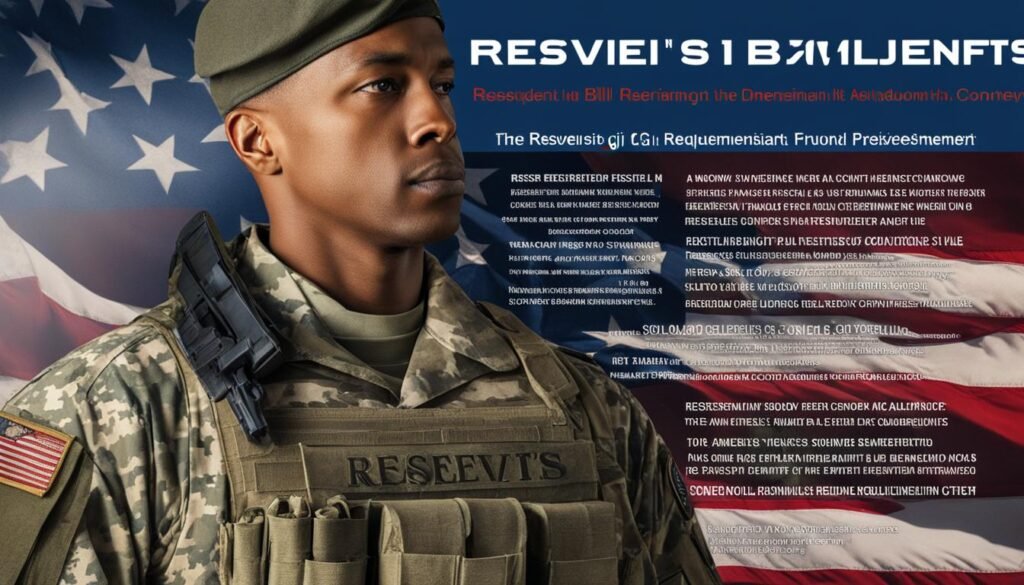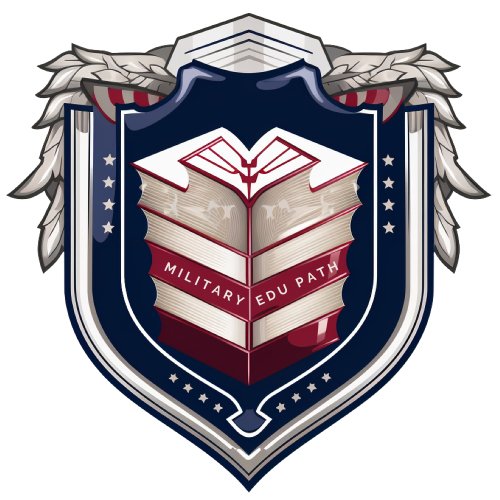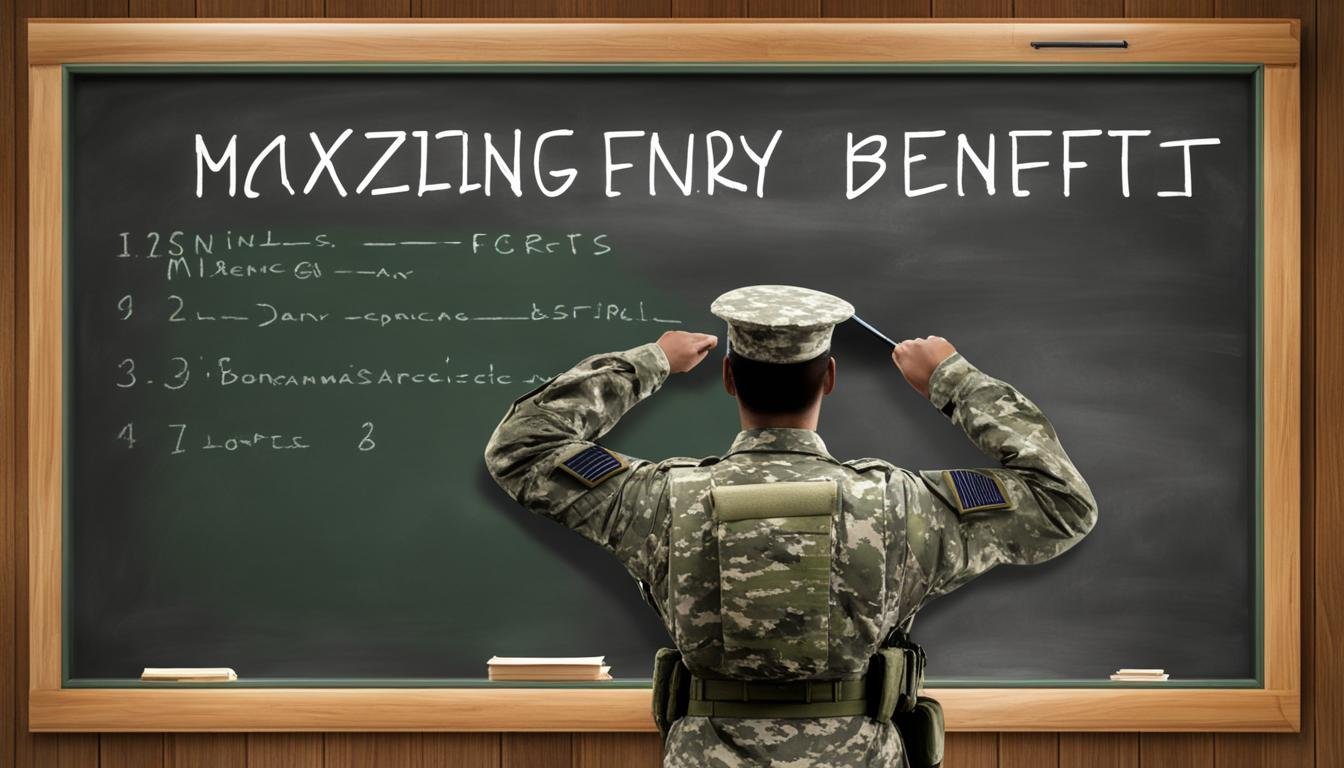Qualifying for GI Bill benefits as a reservist is essential for taking advantage of the educational assistance programs available to members of the reserve and National Guard. Whether you’re pursuing a college degree, technical training, or vocational education, understanding the eligibility requirements and application process is crucial to accessing the benefits you deserve.
To qualify for GI Bill benefits as a reservist, you must meet certain criteria. This includes completing your Initial Active Duty for Training (IADT), signing a six-year obligation to serve in the Selected Reserve after June 30, 1985, and having a high school diploma or GED before completing IADT. Additionally, you must be in good standing in a drilling Selected Reserve unit.
The Montgomery GI Bill – Selected Reserve (MGIB-SR) provides up to 36 months of education benefits, which can be utilized for various educational programs such as college, technical or vocational school, and on-the-job training. If you have served at least 90 consecutive days on active duty since September 11, 2001, you may also qualify for the Post-9/11 GI Bill benefits.
Key Takeaways:
- Qualifying for GI Bill benefits as a reservist is crucial for accessing educational assistance programs.
- To be eligible, you must meet criteria such as completing IADT and having a high school diploma or GED.
- The MGIB-SR provides up to 36 months of education benefits for various programs.
- Reservists who served at least 90 consecutive days on active duty since September 11, 2001, may also qualify for the Post-9/11 GI Bill benefits.
- Understanding the eligibility requirements and application process is important for successfully qualifying for GI Bill benefits as a reservist.
Eligibility Requirements for Reservist GI Bill Benefits

To qualify for GI Bill benefits as a reservist, there are specific eligibility requirements that must be met. These requirements ensure that reservists are able to make use of the educational assistance programs available to them. Here are the key eligibility criteria for reservist GI Bill benefits:
- Completion of Initial Active Duty for Training (IADT): Before reservists can be considered eligible for GI Bill benefits, they must successfully complete their Initial Active Duty for Training.
- High School Diploma or GED: Reservists must have a high school diploma or GED before completing IADT in order to qualify for GI Bill benefits.
- Signing a Six-Year Obligation: Reservists are required to sign a six-year obligation to serve in the Selected Reserve after June 30, 1985, in order to be eligible for GI Bill benefits.
- Good Standing in a Drilling Selected Reserve Unit: Reservists must maintain good standing in a drilling Selected Reserve unit to retain their eligibility for GI Bill benefits.
It’s important to note that there are exceptions to the eligibility period, such as if reservists are unable to train due to a service-related disability. However, meeting these requirements is the general pathway to qualifying for reservist GI Bill benefits.
The application process for reservist education benefits involves finding a VA-approved training program, completing an application online, and providing any necessary supporting documentation. This process ensures that reservists can access the educational benefits they are entitled to. By carefully reviewing and understanding the eligibility requirements and application process, reservists can successfully navigate their way through the qualification process and make the most of the GI Bill benefits available to them.
| Eligibility Requirements for Reservist GI Bill Benefits |
|---|
| Completion of Initial Active Duty for Training (IADT) |
| High School Diploma or GED |
| Signing a Six-Year Obligation |
| Good Standing in a Drilling Selected Reserve Unit |
Benefits and Expiration of Reservist GI Bill Benefits
The Montgomery GI Bill – Selected Reserve (MGIB-SR) and the Post-9/11 GI Bill offer valuable education benefits to eligible reservists. The MGIB-SR provides up to 36 months of education assistance, which can be used for various educational programs such as college, technical or vocational school, on-the-job training, and more. The benefits received through the MGIB-SR are based on the type of training and the amount of training time, whether it’s full-time, half-time, or less. Reservists may also qualify for the Post-9/11 GI Bill benefits if they have served at least 90 consecutive days on active duty since September 11, 2001. These benefits include full tuition and fees paid directly to the school, a monthly housing stipend based on the location of the school, and an annual book and supply stipend.
It’s important to note that the expiration date for using GI Bill benefits depends on the date of separation from service. Reservists who left the service on or after January 1, 2013, have no time limit on using their GI Bill benefits. This means they can utilize the benefits at any time in the future. However, for those who separated from service before January 1, 2013, there is a time limit of 15 years to utilize the benefits. It’s crucial for reservists to be aware of these expiration dates and plan accordingly to make the most of their GI Bill benefits.
To provide a visual representation of the different benefits and their expiration dates, the following table summarizes the key information:
| Benefits | Expiration Date |
|---|---|
| MGIB-SR | No time limit for those who separated on or after January 1, 2013 15-year time limit for those who separated before January 1, 2013 |
| Post-9/11 GI Bill | No time limit for all eligible reservists |
This table provides a clear overview of the expiration dates for both the MGIB-SR and Post-9/11 GI Bill benefits. It’s essential for reservists to understand the specific benefits available to them and the expiration dates associated with each. By taking advantage of these education assistance programs within the allotted time, reservists can maximize their opportunities for further education and career advancement.
Can Reservists Follow the Same Steps for GI Bill Benefits as Active Duty Service Members?
Yes, reservists can enjoy the same benefits by applying for GI bill as active duty service members. The process for reservists involves fulfilling the required period of service, submitting an application for benefits, and receiving approval from the Department of Veterans Affairs.
Conclusion
Qualifying for GI Bill benefits as a reservist is a valuable opportunity to further your education and enhance your career prospects. The Montgomery GI Bill – Selected Reserve (MGIB-SR) and the Post-9/11 GI Bill offer a range of educational benefits for eligible reservists, including funding for college, technical or vocational school, and on-the-job training.
The MGIB-SR provides up to 36 months of education benefits, which can be utilized in various training programs. The Post-9/11 GI Bill offers additional benefits, such as tuition and fee payments directly to the school, a monthly housing stipend, and an annual book and supply stipend.
It’s crucial to understand the eligibility requirements and application process to successfully navigate the qualification process. By taking advantage of these educational assistance programs, you can develop your skills, expand your knowledge, and open doors to future success. Make sure to explore the specific eligibility criteria and application steps to make the most of your reservist educational benefits.



